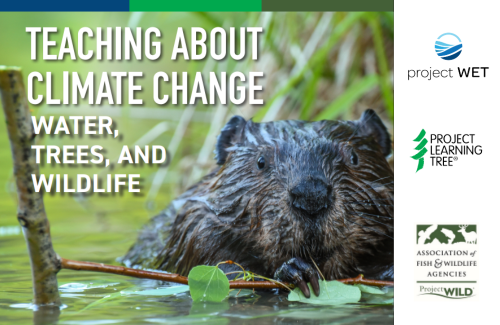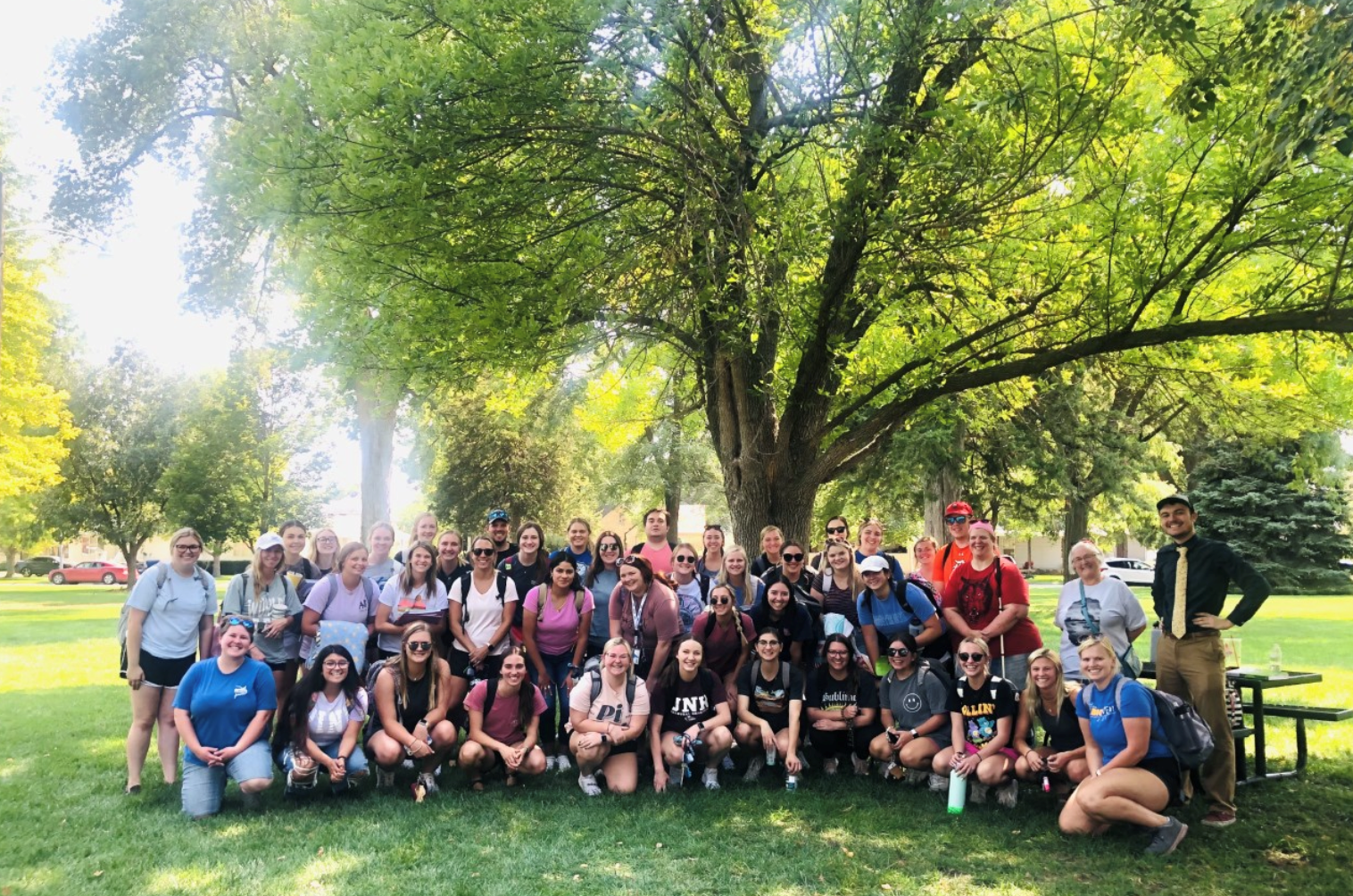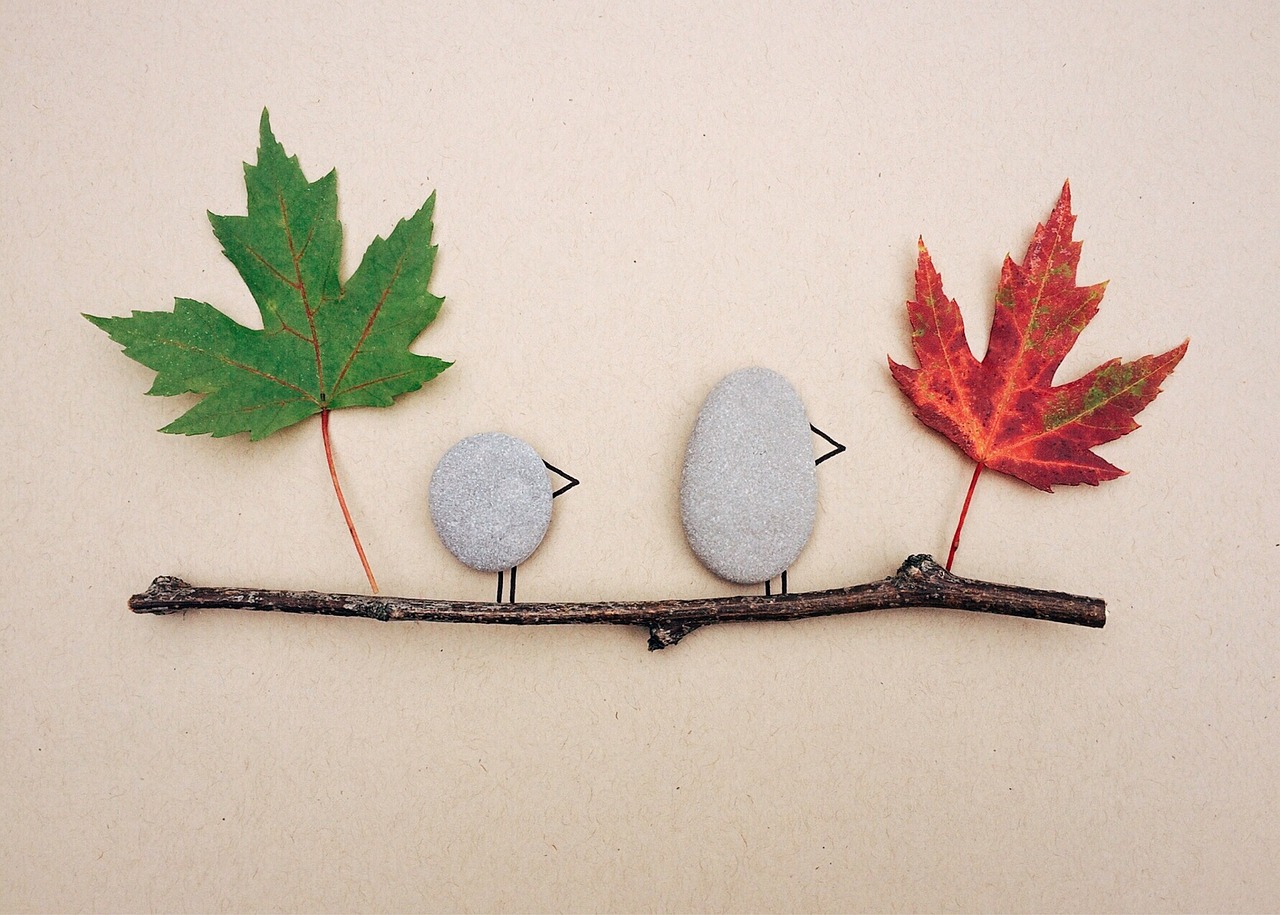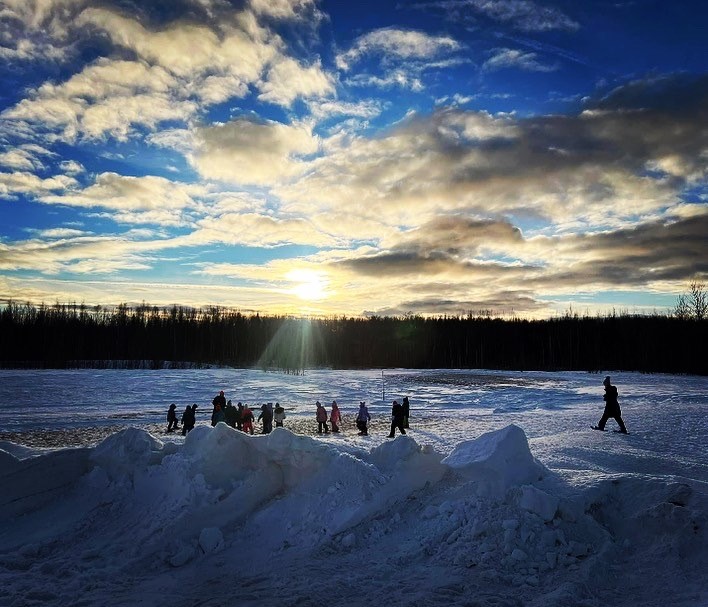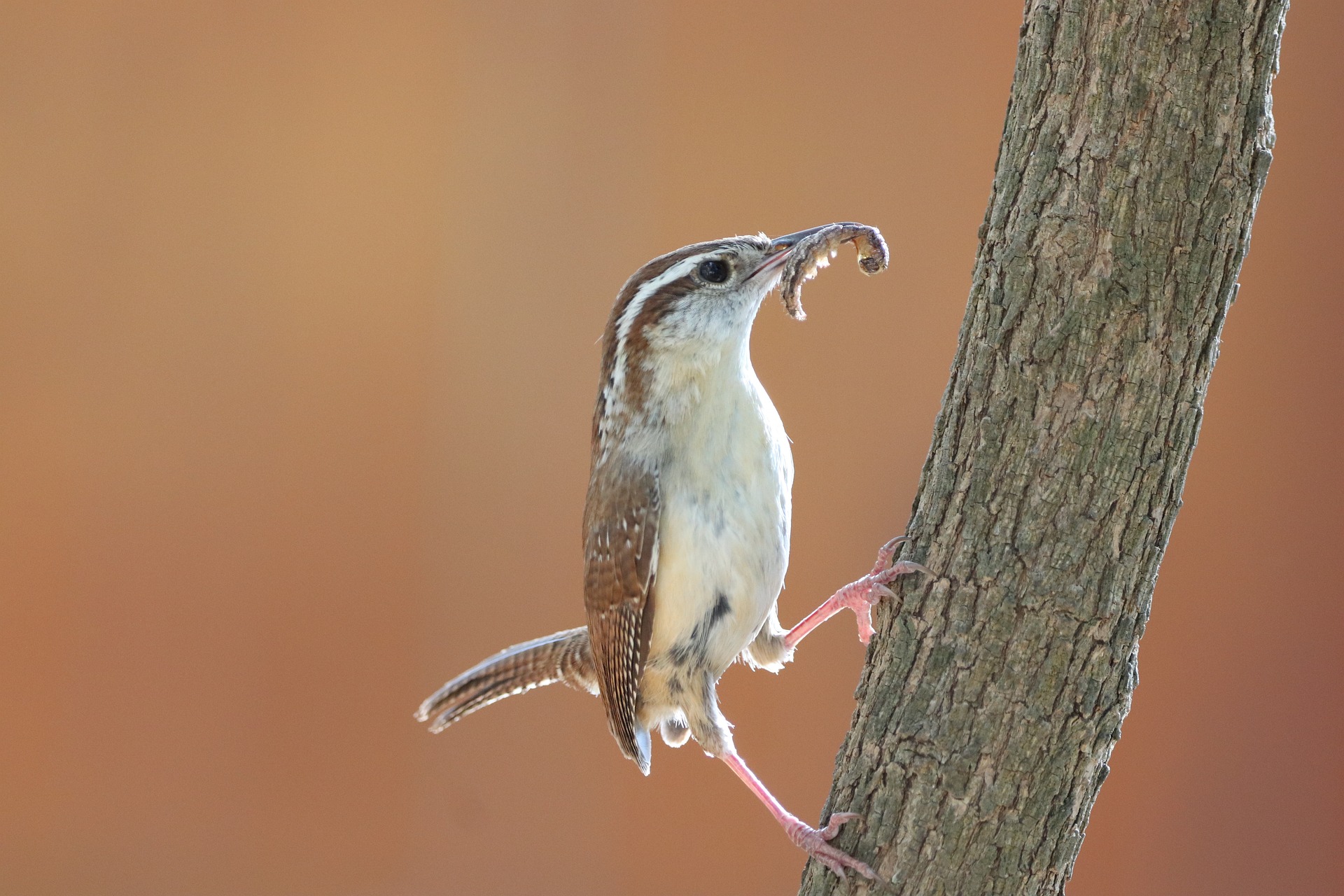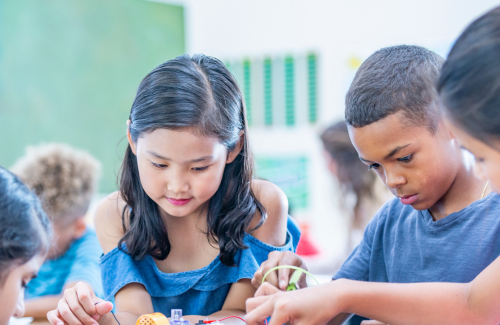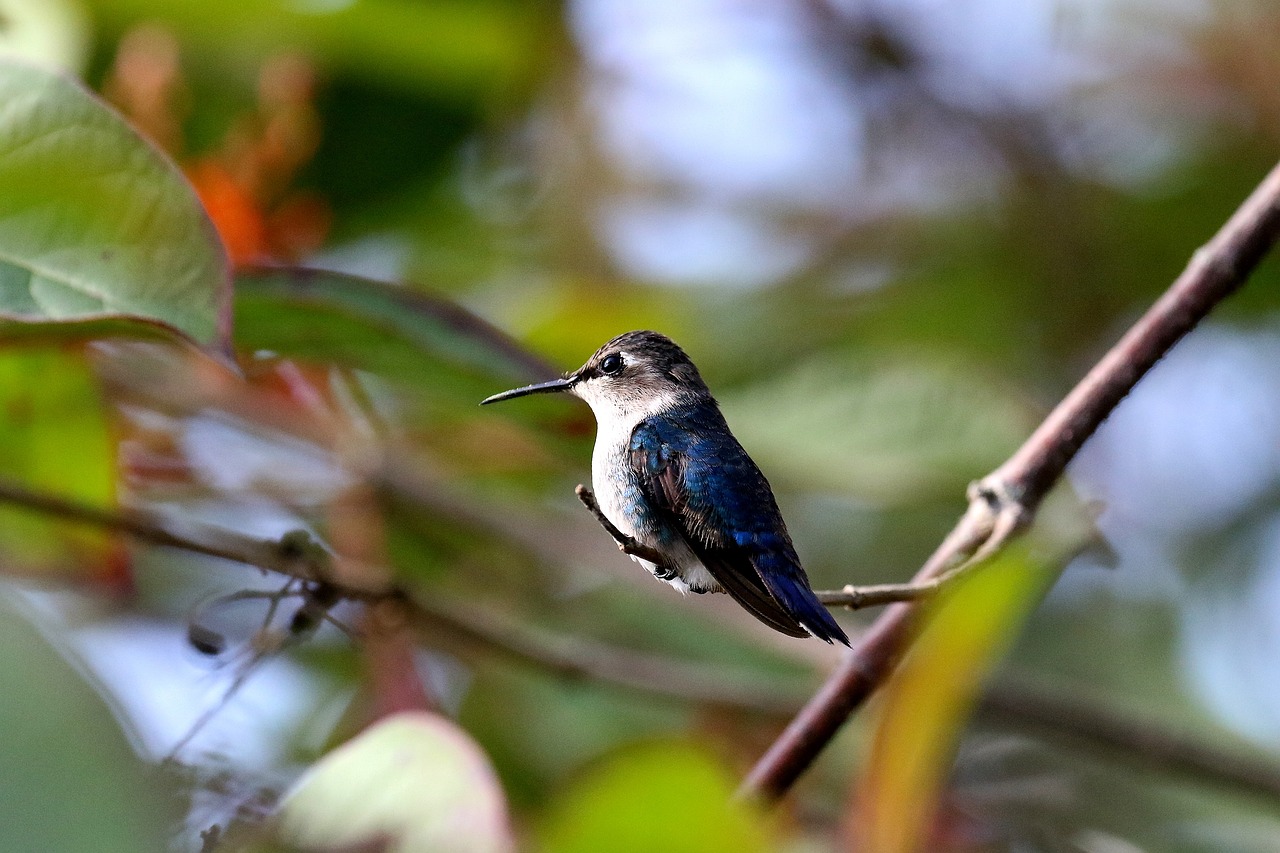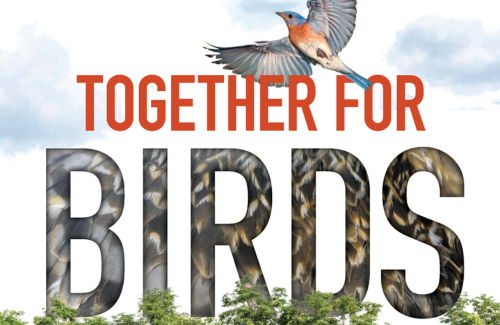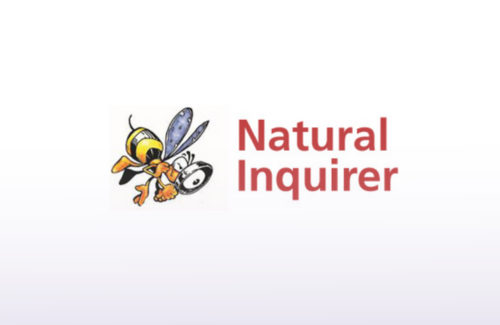Climate change is a complex topic that can be intimidating to teach. However, understanding climate, including the ways it is changing and how that impacts the environment, is crucial to making informed decisions and building resilience. Project Learning Tree, Project WET, and Project WILD provide over 100 hands-on activities that are grounded in each of our environmental focuses.
This Earth Month, in our People of PLT feature, we’re celebrating not one, but two amazing PLT facilitators from Nebraska whose enthusiasm for environmental education is visible to all who work with them.
For many sixth graders, their focus is elsewhere besides science. But one inspiring educator from North Carolina, Betty Jo Moore, is nurturing the next generation of budding scientists and environmental stewards. After leaving a career in the corporate world, she became a substitute teacher, falling in love with teaching. Read more in PLT’s teacher feature!
Creating art in nature is about connecting with your environment, being inspired by nature, and leaving it right where it was found. Explore activities that use tools and materials found in nature to show children that anything can be art if you’re creative enough!
Nancy Blake, a teacher in Alaska, makes every Monday majestic for her students. She weaves PLT lessons about nature into physical education classes.
Native species are essential to healthy ecosystems. These species have had years of evolution to adapt to weather, seasons, and other living things around them. Native birds and insects in particular keep our environments in balance. Take a look at the importance of native birds and insects in our natural environments and how we can introduce students to these concepts in tangible ways.
Summer break allows educators to recharge and reflect. Social and Emotional Learning (SEL) is important for students’ growth—nature-based education, like PLT activities, fosters SEL by promoting collaboration, self-expression, and emotional connection to nature. Explore ways you can incorporate SEL into your classroom this school year!
Young learners often focus on bees when learning about pollinators, but it’s important to introduce them to the diverse range of pollinators supporting our ecosystems. From birds to bats, butterflies to moths, there’s much to learn. Engaging activities like scavenger hunts, bee baths, and pollinator-themed crafts help them understand the vital role of these creatures and the importance of conserving their habitats. Explore how you can enhance activities and learnings with PLT!
Birds are a wonderful introduction to the natural world and happen to be just outside your door. Celebrate World Migratory Bird Day with PLT’s newest activity collection, Together for Birds!
Natural Inquirer is a free science education journal written for middle through high school age students. Learn more about the variety of PLT resources that have been correlated to Natural Inquirer articles.
